The laundry aisle is a complicated place, says Unilever category manager for laundry James Griffin.
"We have a lot of formats across many bays, whereas other countries focus predominantly on one powders in Germany and liquids in the US, for example. Just deciding on a format is confusing for UK consumers."
The wall of choice hasn't stopped people buying into new gels and concentrated liquid formats, though. Rather the reverse. They are enjoying massive growth, while old-fashioned powder boxes are being left on the shelf.
Sales for the total laundry category fell 5% to £254m, but sales of gels went from a standing start to £23.6m in Kantar Worldpanel's take-home sales figures, and super compact liquids soared 31% to £41.2m [Kantar Worldpanel 52w/e 29 November].
Conversely, all the other formats lost sales, with powder down 9.1%, tablets down 29.1%, liquitabs by 11.7% and regular liquid down 29%.
It's no surprise that the new formats have been such a hit with retailers, suppliers and consumers, says Griffin. "Cost per wash is less, less shelf space is needed, transport costs are reduced and margins are better."
Another reason for the rapid growth has been heavy promotional activity. "Gels have been the big NPD success thanks to strong marketing and much deeper deals than customers have been used to, at half price," says David Wainwright, Sainsbury's household care buyer. "Promotions have driven growth as it works out cheaper per wash," he says. "The fact gels can be used at lower temperatures gives consumers an added environmental and economic benefit."
In gels, P&G has stolen a march on its rivals, gaining first-mover advantage with Ariel Excel Gel in 2008, then adding a non-bio Ariel variant, Fairy Non-Bio Gel and Bold 2in1 Gel last year.
However, the success of these new formats does not mean powders have reached the end of their spin-cycle.
"Powders have dropped back significantly in the past five years, but are still the biggest market segment," says Griffin.
Focus On Household
"We have a lot of formats across many bays, whereas other countries focus predominantly on one powders in Germany and liquids in the US, for example. Just deciding on a format is confusing for UK consumers."
The wall of choice hasn't stopped people buying into new gels and concentrated liquid formats, though. Rather the reverse. They are enjoying massive growth, while old-fashioned powder boxes are being left on the shelf.
Sales for the total laundry category fell 5% to £254m, but sales of gels went from a standing start to £23.6m in Kantar Worldpanel's take-home sales figures, and super compact liquids soared 31% to £41.2m [Kantar Worldpanel 52w/e 29 November].
Conversely, all the other formats lost sales, with powder down 9.1%, tablets down 29.1%, liquitabs by 11.7% and regular liquid down 29%.
It's no surprise that the new formats have been such a hit with retailers, suppliers and consumers, says Griffin. "Cost per wash is less, less shelf space is needed, transport costs are reduced and margins are better."
Another reason for the rapid growth has been heavy promotional activity. "Gels have been the big NPD success thanks to strong marketing and much deeper deals than customers have been used to, at half price," says David Wainwright, Sainsbury's household care buyer. "Promotions have driven growth as it works out cheaper per wash," he says. "The fact gels can be used at lower temperatures gives consumers an added environmental and economic benefit."
In gels, P&G has stolen a march on its rivals, gaining first-mover advantage with Ariel Excel Gel in 2008, then adding a non-bio Ariel variant, Fairy Non-Bio Gel and Bold 2in1 Gel last year.
However, the success of these new formats does not mean powders have reached the end of their spin-cycle.
"Powders have dropped back significantly in the past five years, but are still the biggest market segment," says Griffin.
Focus On Household



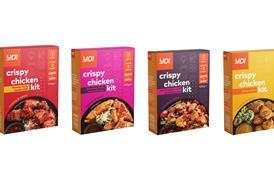



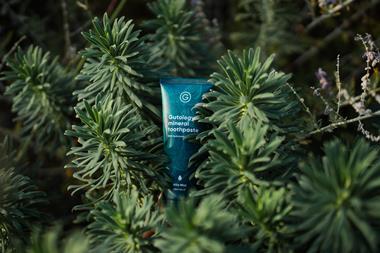
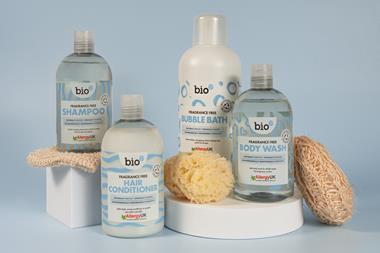
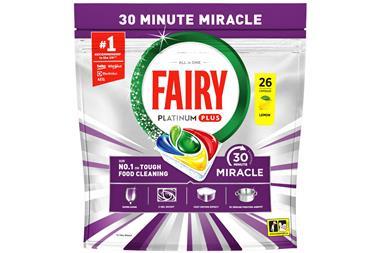
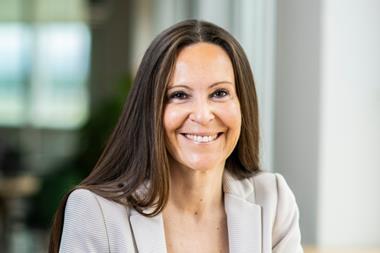
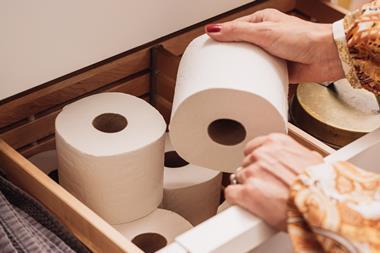
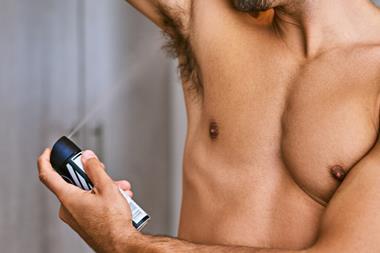





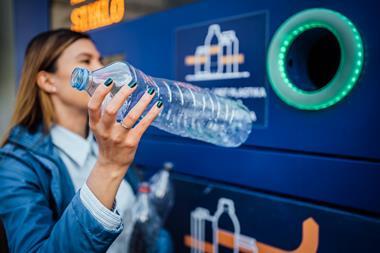
No comments yet